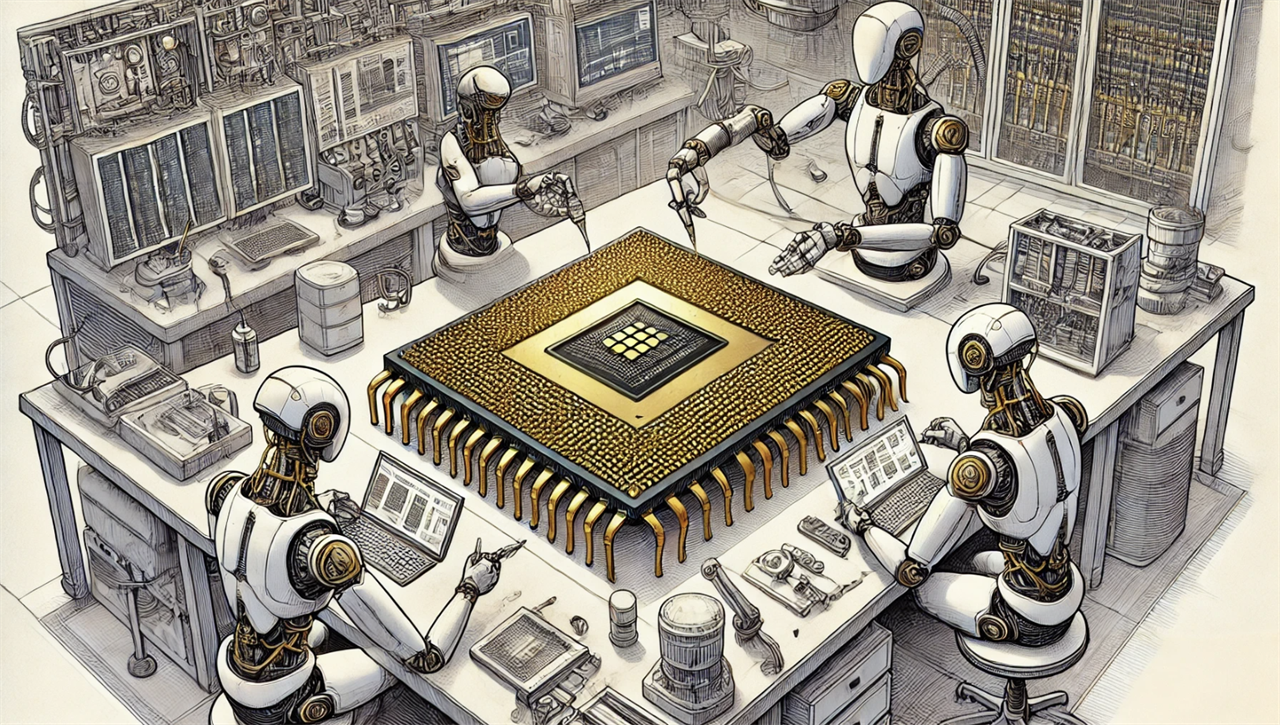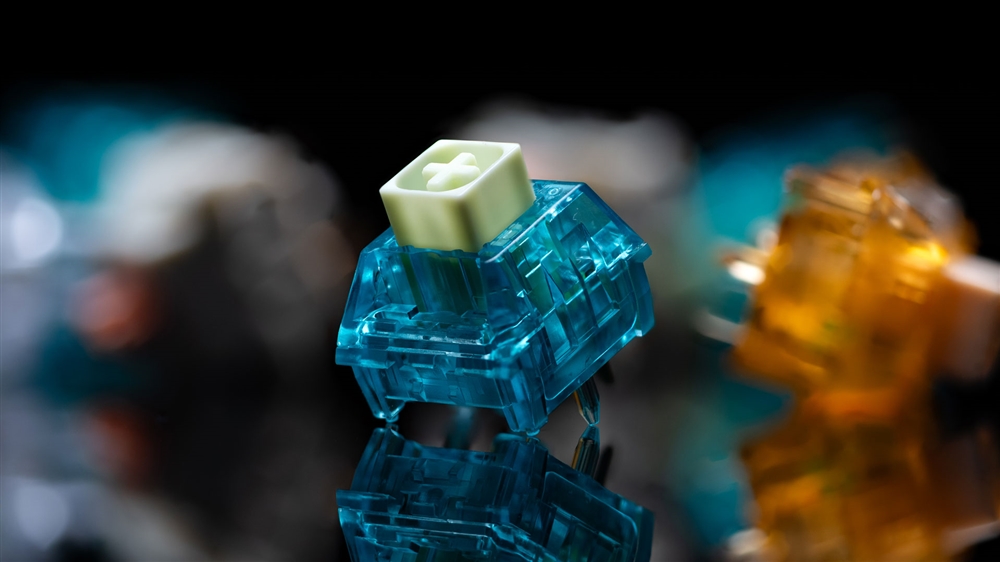This Week in AI: Microsoft Breaks Barriers with a New Quantum Processor
For Feb. 21, 2025: Increased supply and SKUs for GPUs, Microsoft's quantum breakthrough, New York Times starts using AI, ARM to make its own actual chips.News

When the famous groundhog Punxsutawney Phil popped his head out from the Pennsylvania ground on Feb. 2, most people were expecting a prediction about whether there'd be six more weeks of winter. But more than a few people would have probably liked some news about new GPU releases as well.
Well, AMD and NVIDIA have signaled that more GPUs are on the way. AMD said it will be revealing the "next-gen AMD Radeon RX 9000 series" on Feb. 28, ahead of its planned launch in early March.
That'll be right in the middle of NVIDIA's just-launched RTX 5070 Ti, and the expected RTX 5070 on March 5. (Check Micro Center's FAQ page for more details about availability. )
One of the key things driving demand for GPUs is their AI capabilities, including NVIDIA's neural rendering technology, which promises improvements to features such as DLSS. The end result, the company said, is that up to 15 out of every 16 pixels rendered by the 50-series GPUs can be AI-generated.
Read more:
- How to Upgrade a Gaming PC to the NVIDIA 5070 Ti
- NVIDIA GeForce RTX 5070 Ti Build Guide
- NVIDIA RTX 50-Series GPUs Kick Off CES 2025
- What NVIDIA's Neural Rendering Means for PC Graphics
- NVIDIA GeForce RTX 5080 Build Guide
Microsoft announces new quantum chip
Microsoft said it's moved a step closer to creating quantum computers with new research published in the science journal Nature that describes a new "topological qubit," which it says is based on a breakthrough in physics that is neither solid, liquid or gas.
The new technology, which Microsoft said it's been working on for more than two decades, could help speed up the invention of computers capable of performing calculations significantly faster than today's machines. Experts believe quantum technology may rapidly advance research in AI, science, medicine and physics by crunching ever more complicated equations and data.
New York Times embraces internal AI
The New York Times has created an internal AI called Echo to support its staff as part of a broader effort to adapt technology as a tool to help with editing copy, summarizing information and even writing code, according to a report from Semafor, citing an internal newsroom email.
As part of these efforts, the NYT has reportedly begun approving AI programs from Google, OpenAI, Microsoft and Amazon for editorial and product staff through its own accounts.
“Generative AI can assist our journalists in uncovering the truth and helping more people understand the world. Machine learning already helps us report stories we couldn’t otherwise, and generative AI has the potential to bolster our journalistic capabilities even more,” Semafor's reprint of the NYT guidelines said.
Considering the NYT is also in the midst of a lawsuit with OpenAI over IP infringement claims, it's likely the NYT's employee accounts have restrictions on how the AIs treat data the journalists share with them. The NYT also told staff not to use AI to draft or significantly revise articles, citing concerns about potential copyright risks and exposure of sources.
Still, the NYT also reportedly hopes its AI can help improve reader experiences, making its stories more accessible by offering digitally-voiced stories, translations into other languages and "uses of generative AI we have yet to discover."
ARM launching its own chip
ARM Holdings, the company behind the popular ARM microchips at the center of the mobile device and AI booms currently spreading around the globe, is reportedly planning to make its own chips in addition to selling designs, according to a report in the Financial Times. The move would make ARM just the latest entrant in a growing field of companies creating specialty chips, including Apple, Google, Microsoft, Amazon and Meta, in addition to longtime industry players such as Intel, AMD, NVIDIA and Qualcomm.
The FT's report said ARM's chip is expected to be a CPU for datacenter servers, manufactured by Taiwan Semiconductor Manufacturing Co, one of the world's top chip producers.
Read more: AI Tools and Tips
- DeepSeek's New AI Challenges ChatGPT — and You Can Run It on Your PC
- How To Improve Your AI Chatbot Prompts
- How I Turned Myself into an AI Video Clone for Under $50
- What is Meta AI? A Capable Chatbot That’s 100% Free
- Hands-on with ChatGPT o1-preview, OpenAI's Latest Innovation
- How to Get Started with Copilot for Microsoft 365
- Getting started with LM Studio: A Beginner's Guide
- Meet Claude, the Best AI You've Never Heard of
Ian Sherr is a widely published journalist who's covered nearly every major tech company from Apple to Netflix, Facebook, Google, Microsoft, and more for CBS News, The Wall Street Journal, Reuters, and CNET. Aside from writing, he tinkers with tech at home, is a longtime fencer -- the kind with swords -- and began woodworking during the pandemic.











